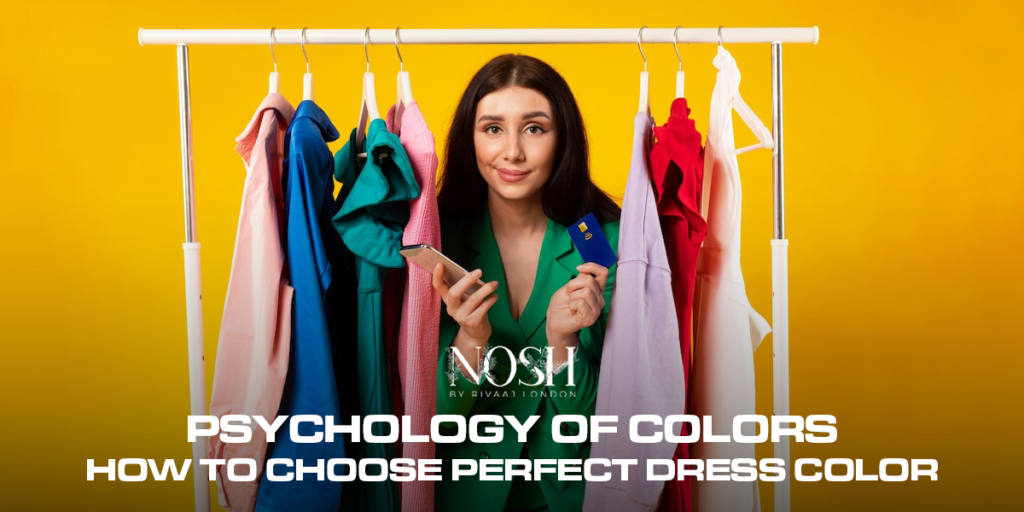No products in the cart.
- Contact Us
- Shipping Policy
Selecting the right dress colour may go a long way in determining the kind of attitude one has as well as what attitude the outside world will accord them. To some extent, the psychology of colours comes into play in this decision process since each colour has its coloured feelings. Knowledge of these associations may enable individuals to make choices that are in harmony with their personality and/or with the image that the bearer of the tattoo wants to project. This guide will analyze some of the tips that one has to consider to choose the right colour for any occasion.

Colour psychology is the branch of psychology that deals with the concern of how different colours influence our thought processes and behavioural patterns. It deals with the impacts, especially the psychological and emotional ones that colours have on people at varying stages. Colours are not only the lighting of emotions and feelings but also have a certain significance, which means something or even has a historical background.
Now that we have an understanding of how colours can influence our emotions and perceptions, let’s discuss how to choose the perfect dress colour for different occasions:
It is also important to consider which part of the body the dress colour you are planning to wear when attending a certain event or occasion. It is preferred to use non-vibrant colours like Indigo for strict occasions, and the most suggested colours are black, navy blue or grey. If it is not a formal setting you can go for other brighter colors or even any pattern.
Skin complexion is also a critical element as various colors suit different skin types. For instance, people with warm skin tones that are yellow or olive will comfortably outfit warmer colour values such as reds, oranges and yellow. All those people with Chinese skin complexion or cold-toned (pink or blue) skin should wear cool colours such as blue, green, and purple.
Another aspect of dressing that people should put into consideration is the colour of the dress as it may define the kind of occasion or event to be attended. If you wish to dress powerfully and look confident then do not think twice about wearing red or purple color. Said look was declared less professional and more laid-back if the outfit’s colour was on the blue or green side of the spectrum.
when it comes to the dress colour, one should go for colours that make the person feel comfortable and confident. Although some shades may have given interpretations in different parts of the world, people have different ways of perceiving these changes. Don’t think too much, going for your lucky colour is never a bad idea.
Another important factor that needs to be taken into consideration is how the colour of the dress can be affected by other colours. It will then be easier to achieve coordination in the relationships formed by the different colours in a combination.
It is also important to note that many cultures correlate certain seasons with particular colours. Soft pastel colours are characteristic of spring, while summer dominates with the warm and intensive colours, autumn is associated with darker and calm colours, typical for the earth and winter is related to strong and deep shades. You should also think about closely linking the colour of your dress to the season for better results.
As you select the dress colour, it is essential to consider that accessories can greatly enhance any affiliated garment. Accessories are perfect for balancing an outfit, or even putting that colourful or neutral spin. For example, it is worth wearing a strict red dress and laconically accessorising it so that the dress amalgam dominates, or a pastel dress can be complemented by sophisticated metallic details.
Colour psychology is widely argued making a case for the perfect dress colour an interesting topic to pursue. Only when people know the meanings and effects of different colours, we will be able to make more conscious decisions that conform to personal tastes and the intended communication. So next time you are trying to decide what colour dress to wear, it is not only the aesthetics that should come into consideration. Or you can simply visit Rivaaj London for the best colour combinations.
Design By Digital Marketing Agency
WhatsApp us